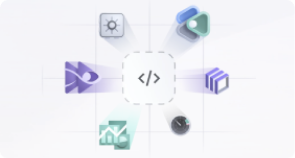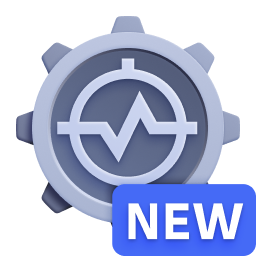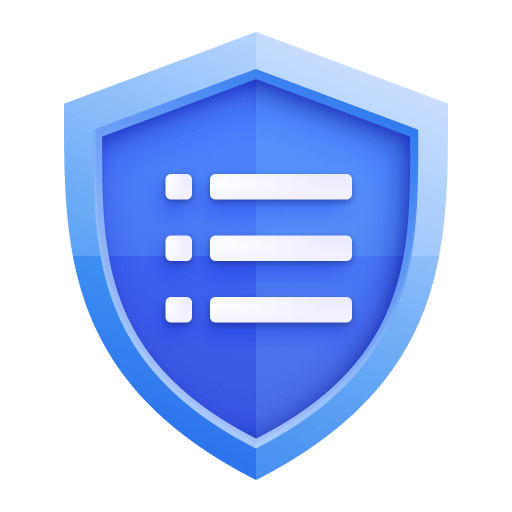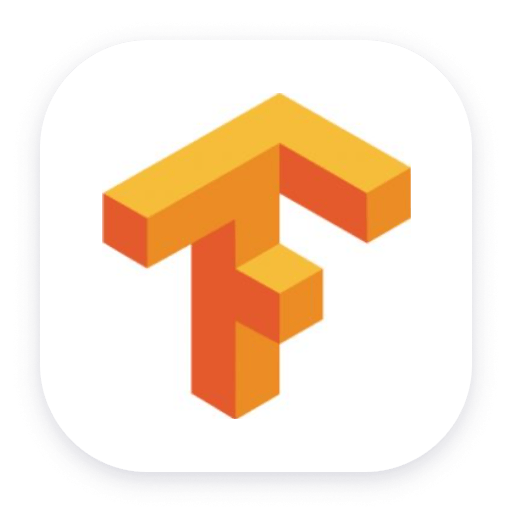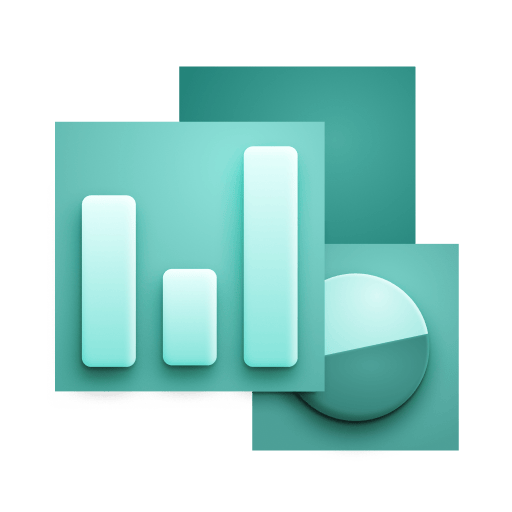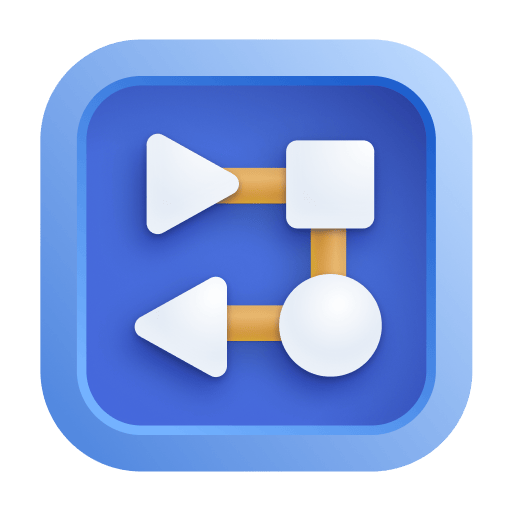A TensorFlow callback receiver implementation does receive important information updates during training and evaluation phase of a model.
See below the implementation of a Dynatrace TensorFlow callback receiver that forwards metric data during training and evaluation of a model.
- Create a Dynatrace environment API token with the permission scopes (metric.ingest)
- Use the following Dynatrace TensorFlow callback receiver within your AI model and initialize it with your own Dynatrace API token and environment URL:
import tensorflow as tf
from tensorflow import keras
import requests
# Custom TensorFlow Keras callback receiver that sends the logged metrics
# to a Dynatrace monitoring environment.
# Read more about writing your own callback receiver here:
# https://www.tensorflow.org/guide/keras/custom_callback
class DynatraceKerasCallback(keras.callbacks.Callback):
metricprefix = ''
modelname = ''
url = ''
apitoken = ''
batch = ''
# Constructor that takes a metric prefix, the name of the current model that is used,
# the Dynatrace metric ingest API endpoint (e.g.: https://your.live.dynatrace.com/api/v2/metrics/ingest)
# and the Dynatrace API token (with metric ingest scope enabled)
def __init__(self, metricprefix='tensorflow.', modelname='', url='', apitoken=''):
self.metricprefix = metricprefix
self.modelname = modelname
self.url = url
self.apitoken = apitoken
def send_metric(self, name, value, tags):
tags_str = ''
for tag_key in tags:
tags_str = tags_str + ',{key}={value}'.format(key=tag_key, value=tags[tag_key])
line = '{prefix}.{name}{tags} {value}\n'.format(prefix=self.metricprefix, tags=tags_str, model=self.modelname, name=name, value=value)
self.batch = self.batch + line
def flush(self):
print(self.batch)
r = requests.post(self.url, headers={'Content-Type': 'text/plain', 'Authorization' : 'Api-Token ' + self.apitoken}, data=self.batch)
self.batch = ''
def on_train_end(self, logs=None):
keys = list(logs.keys())
for m in keys:
self.send_metric(m, logs[m], { 'model' : self.modelname, 'stage' : 'train' })
self.flush()
def on_epoch_end(self, epoch, logs=None):
keys = list(logs.keys())
for m in keys:
self.send_metric(m, logs[m], { 'model' : self.modelname, 'stage' : 'train' })
self.flush()
def on_test_end(self, logs=None):
keys = list(logs.keys())
for m in keys:
self.send_metric(m, logs[m], { 'model' : self.modelname, 'stage' : 'test' })
self.flush()
def on_predict_end(self, logs=None):
keys = list(logs.keys())
for m in keys:
self.send_metric(m, logs[m], { 'model' : self.modelname, 'stage' : 'predict' })
self.flush()
- The Dynatrace TensorFlow callback hook will prefix and forward all your TensorFlow metrics to Dynatrace. By default you will receive two metrics representing the training accuracy (tensorflow.accuracy) and the loss (tensorflow.loss) split by model and stage.
